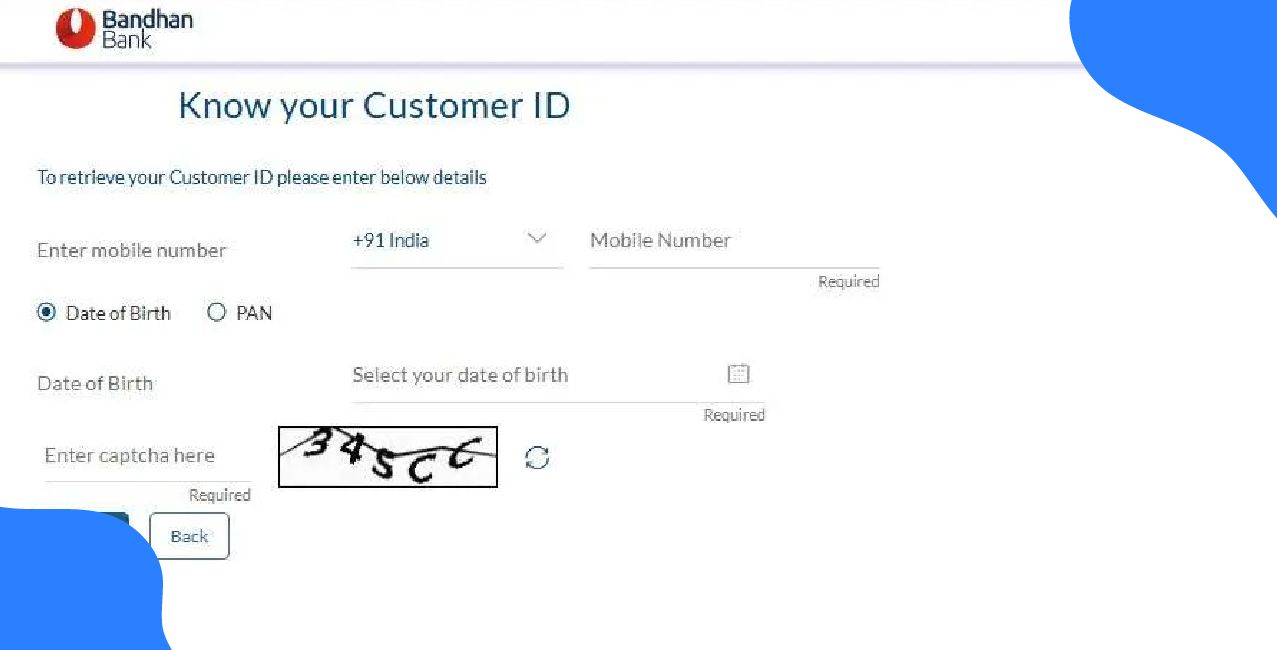
Author
LoansJagat Team
Read Time
5 Min
28 Jul 2025
What is the Financial Market? Types, Functions & Examples
A financial market is a place where people buy and sell financial assets like stocks, bonds, currencies, and derivatives. These markets help move savings into investments, guide the flow of money, and improve the overall economy.
Meet Amit, a 28-year-old IT professional from Noida. In January 2023, he had saved ₹1,20,000. He felt unhappy with the low return from his fixed deposit, which gave him only ₹6,000 a year (5%). On a friend’s advice, he decided to invest differently. He put ₹60,000 in mutual funds, ₹40,000 in stocks, and ₹20,000 in RBI bonds. By December 2023, his investment grew to ₹1,38,500. Amit saw that financial markets are not just for the rich. They can also help regular people like him grow their money.
This blog explores financial markets, their types, functions, and examples that help students, investors, and professionals make better financial decisions.
Purpose and Role of Financial Markets
Financial markets connect people who have extra money (investors) with those who need money, such as businesses and governments. These markets help us use money in the best way possible, making the economy more efficient. When markets work well, they support economic growth, make it easier to get funds, and help keep prices stable.
Amit saw that the Sensex rose from 59,000 at the start of 2023 to 66,000 by the end of the year, an increase of over 11%. This rise was not just about share prices going up. It showed that companies were doing well, there was enough money in the system, and investors felt confident.
Example: In June 2023, Amit invested ₹10,000 in a PSU stock at ₹100/share. By October, it touched ₹130/share. Return = ₹3,000 in 4 months, a 30% gain, compared to his 5% FD.
Types of Financial Markets
Financial markets are classified based on the asset class, duration, and nature of the transaction. Each type serves a unique role, from short-term funds to complex risk hedging.
Example: Amit parked ₹30,000 in SBI shares (capital market), ₹20,000 in T-bills (money market), and ₹10,000 in a silver ETF (commodity market). After 1 year, SBI shares gave 18%, T-bills 7%, and silver ETF 12%. His average portfolio return: 12.3%.
Core Functions of Financial Markets
Apart from buying and selling, financial markets perform key economic roles. They influence everything from investment decisions to interest rates and inflation trends. Their structure ensures smooth and transparent financial transactions.
Investors like Amit benefit from these systems, getting access to multiple investment products, flexibility in duration, and ease of trading.
Example: Amit started a ₹5,000 SIP in a hybrid mutual fund. Equity gave him 14%, debt 6%. His total return after one year: ₹67,000 on ₹60,000 investment, a 11.6% return.
Examples of Financial Markets in India
India has one of the most organised financial markets globally. It is regulated by SEBI, RBI, and other institutions. These platforms offer accessibility even for small investors through mobile apps and online portals.
Example: Amit used Groww to buy HDFC shares, RBI Retail Direct for a 7.1% G-Sec, and Coin by Zerodha for SIPs. His annualised return on these investments: ₹12,500 on ₹1,00,000 invested = 12.5%.
Career Scope in Financial Markets
With financial literacy growing in India, demand for market professionals is rising across fintech firms, banks, brokerages, and corporates. From freshers to analysts to fund managers, opportunities span all levels.
Example: Amit’s friend cleared NISM modules and joined a brokerage as an analyst with a ₹6.5 LPA starting pay. After 2 years, he moved into portfolio advisory, earning ₹10.2 LPA.
Conclusion: Why Financial Markets Matter to Everyone
Financial markets are not just for experts or large investors. They empower students, working professionals, and even homemakers to earn better returns, plan their goals, and beat inflation. Just like Amit, you can start small, learn, and grow.
Start with ₹500 SIPs, explore ETFs or bonds, and gradually build your confidence. Financial markets reward those who invest time in learning and take calculated risks.
So, study well, invest smartly, and build your wealth step by step.
FAQs on Financial Markets
Q1. Can I invest in the stock market with ₹500?
Yes. Through SIPs and fractional shares, even small investors can start.
Q2. Is the stock market safe for students and beginners?
Markets carry risk, but mutual funds and ETFs offer diversified exposure with relatively lower risk.
Q3. Do I need a Demat account to invest?
Yes, for stocks and bonds. For mutual funds, it’s optional.
Q4. Who regulates financial markets in India?
SEBI regulates capital markets; RBI oversees the banking and forex system.
Q5. What’s the difference between capital and money markets?
Capital markets are for long-term investments (1+ years), while money markets are short-term (<1 year).
Other Informative Pages | ||
About the Author

LoansJagat Team
‘Simplify Finance for Everyone.’ This is the common goal of our team, as we try to explain any topic with relatable examples. From personal to business finance, managing EMIs to becoming debt-free, we do extensive research on each and every parameter, so you don’t have to. Scroll up and have a look at what 15+ years of experience in the BFSI sector looks like.

Quick Apply Loan
Subscribe Now


